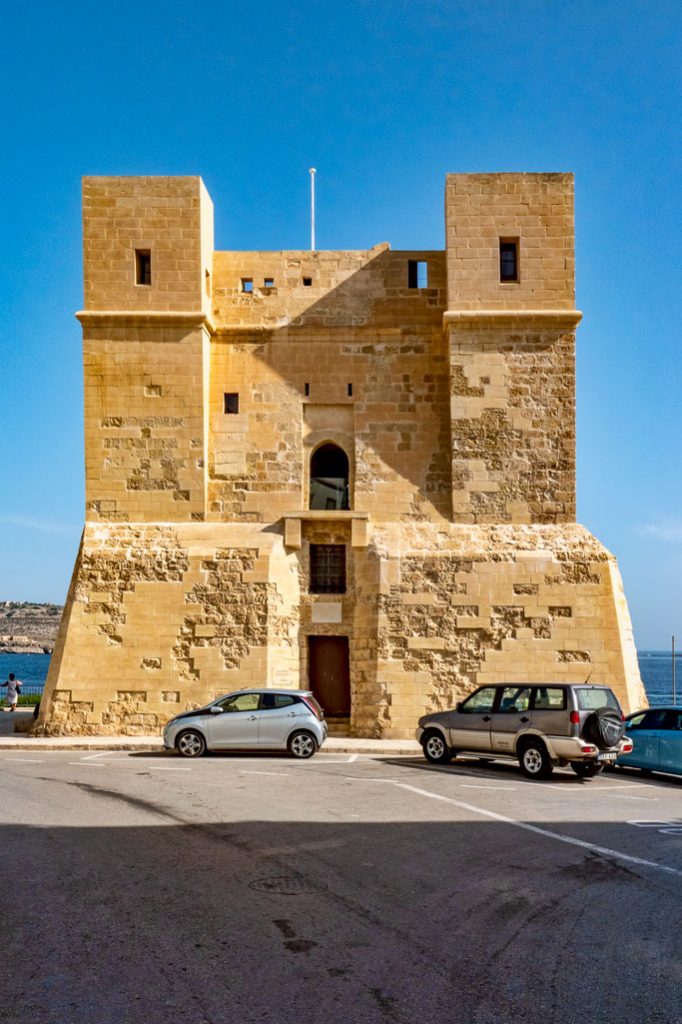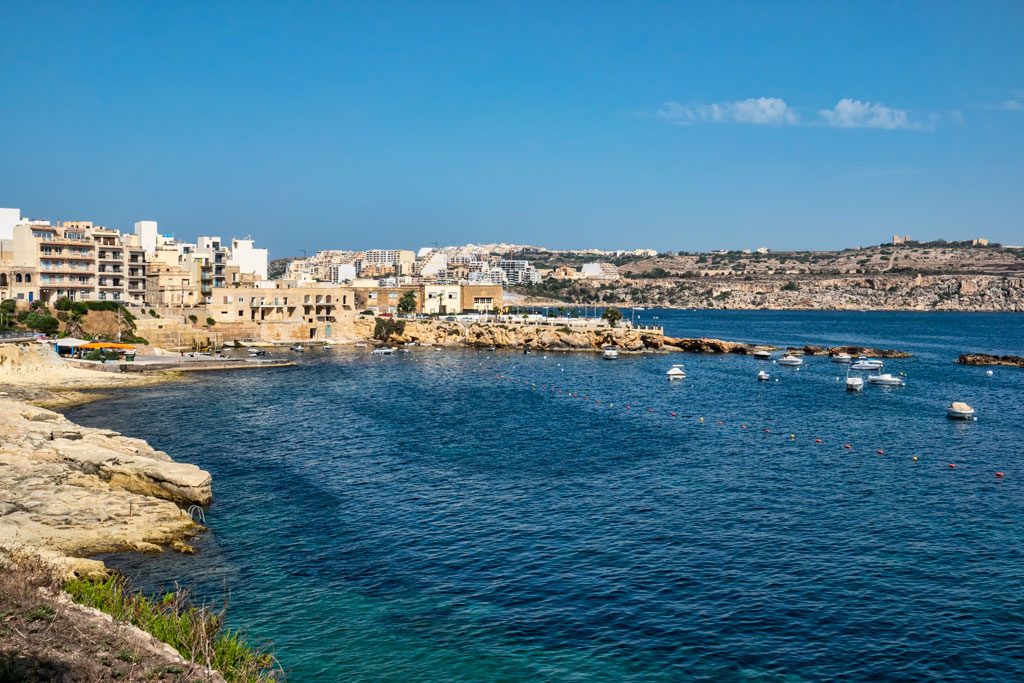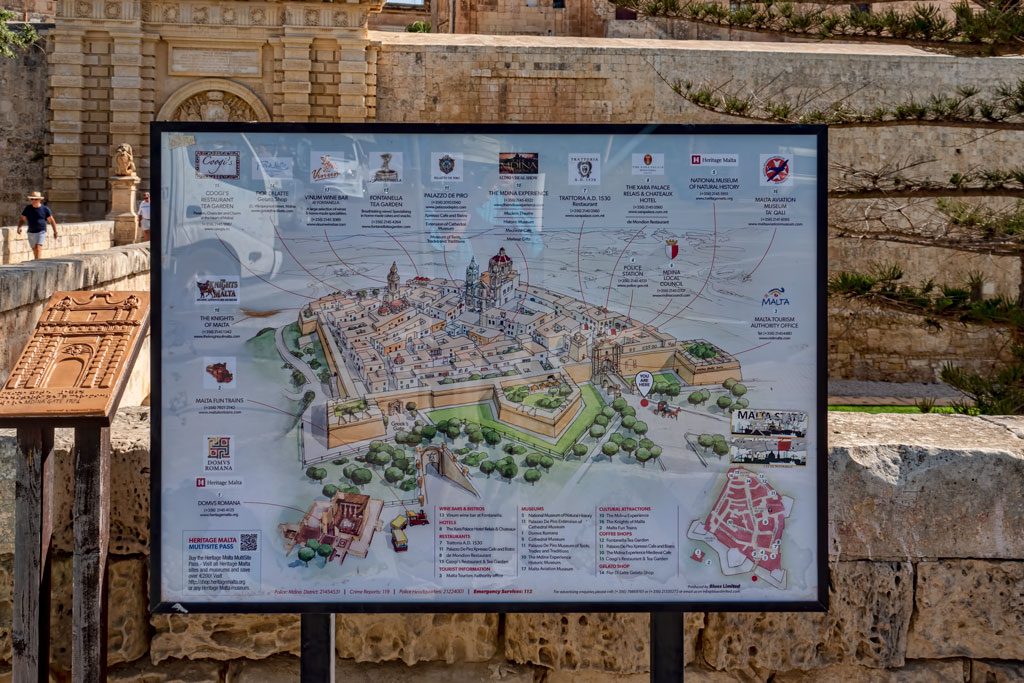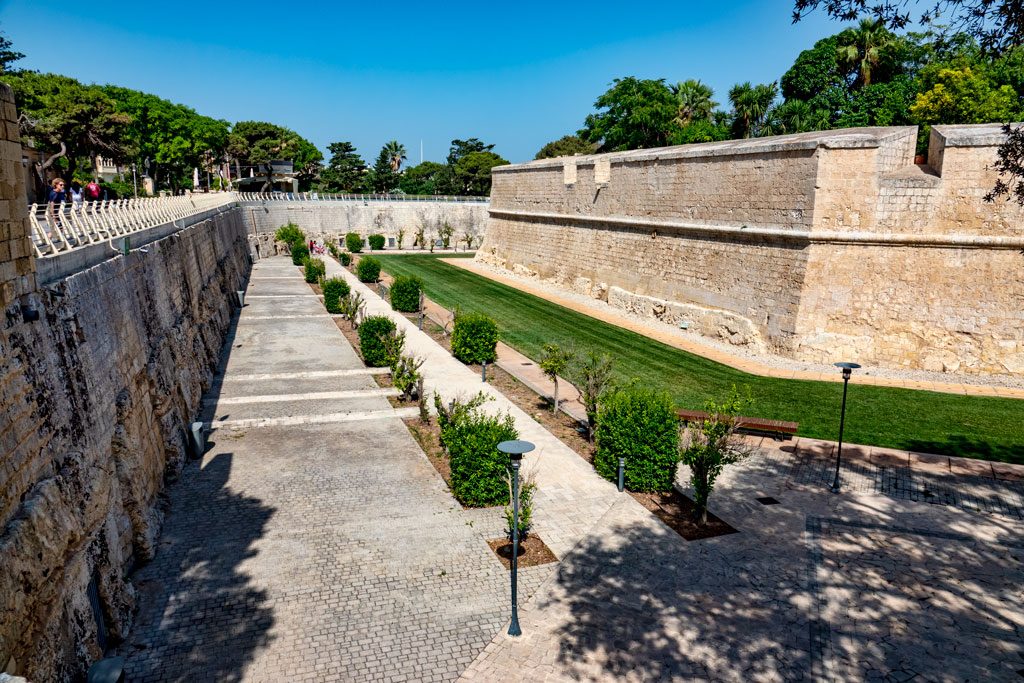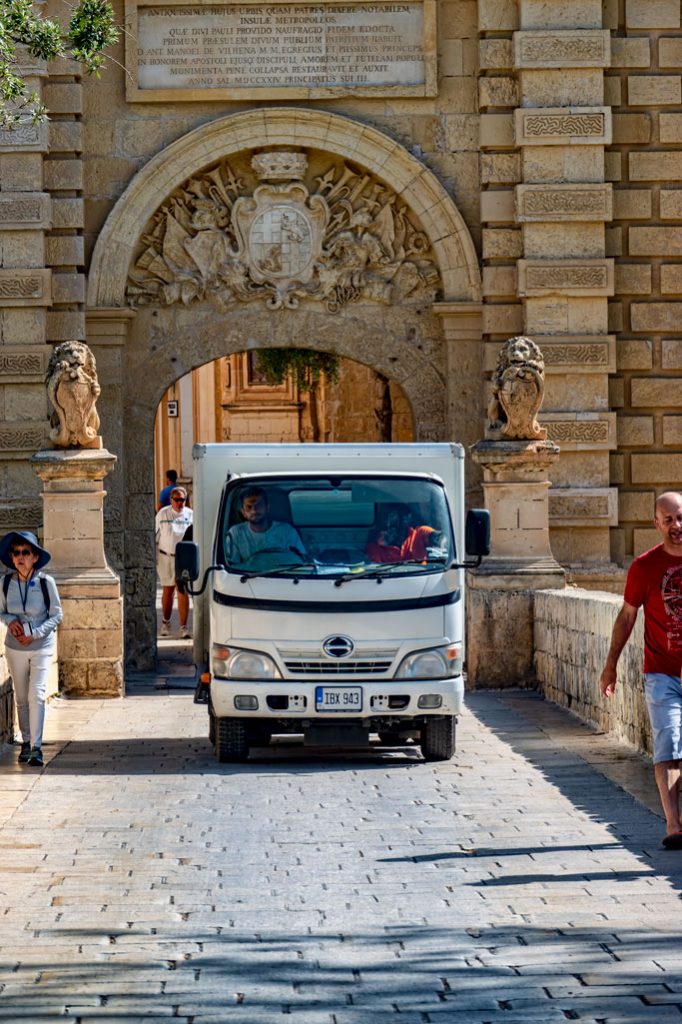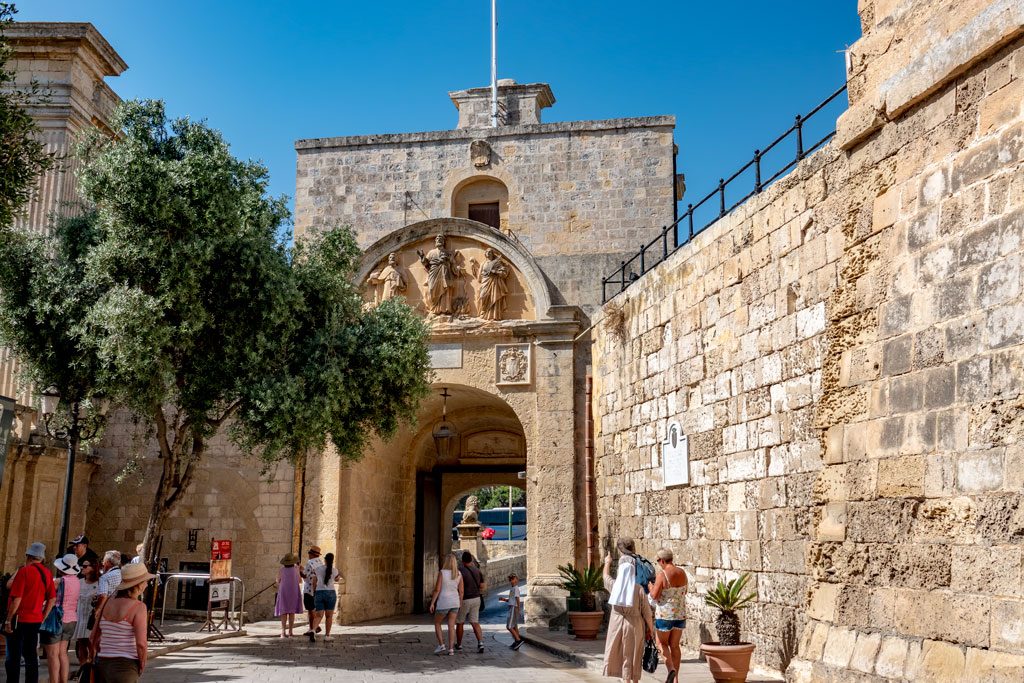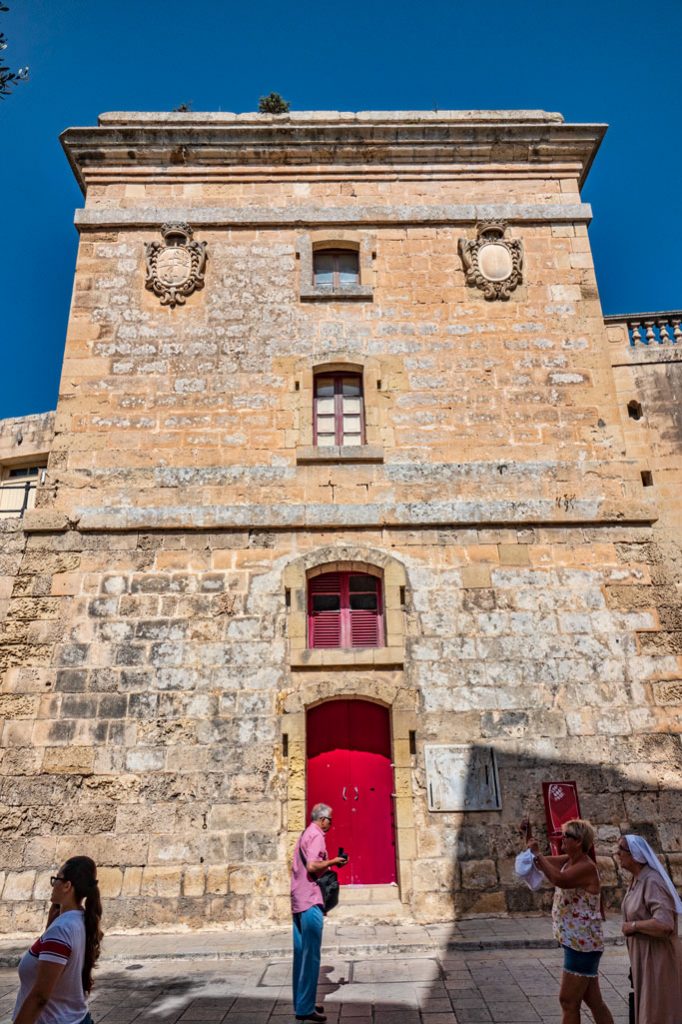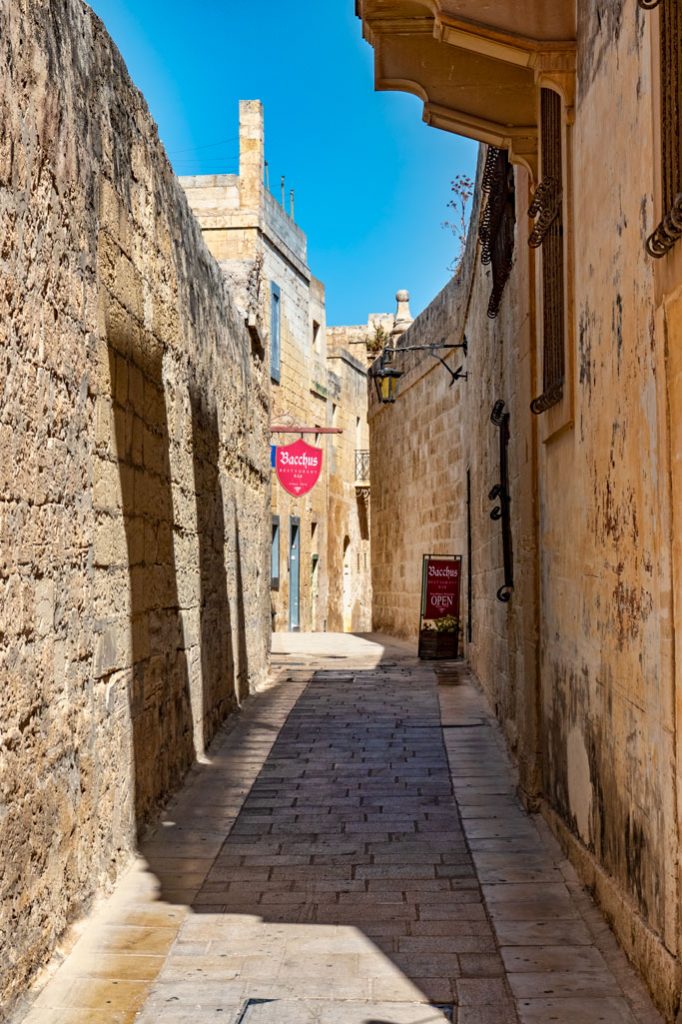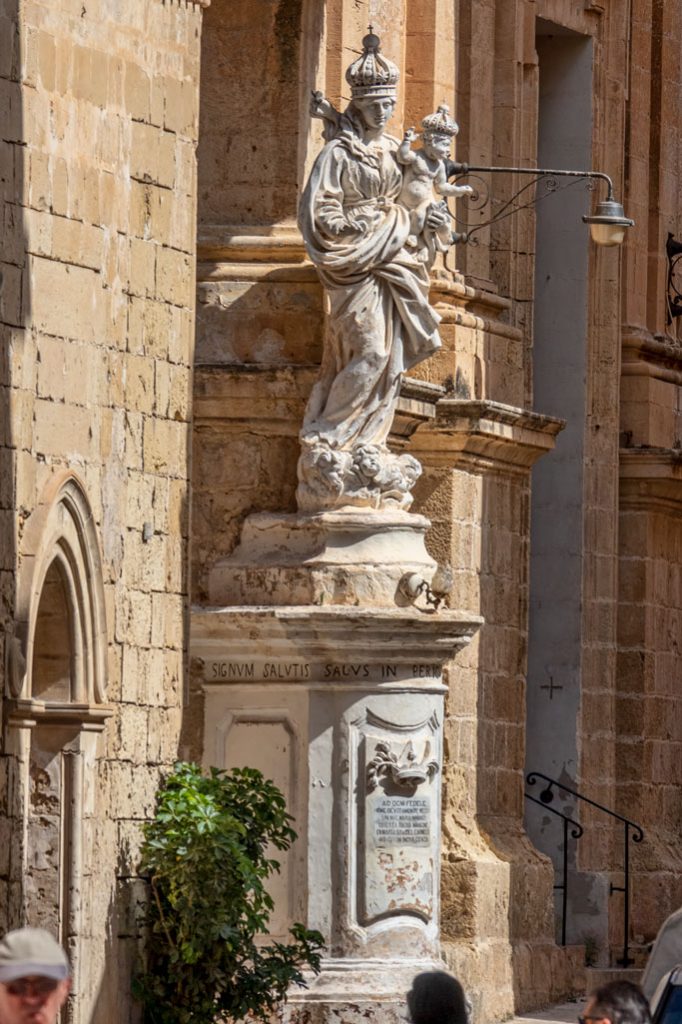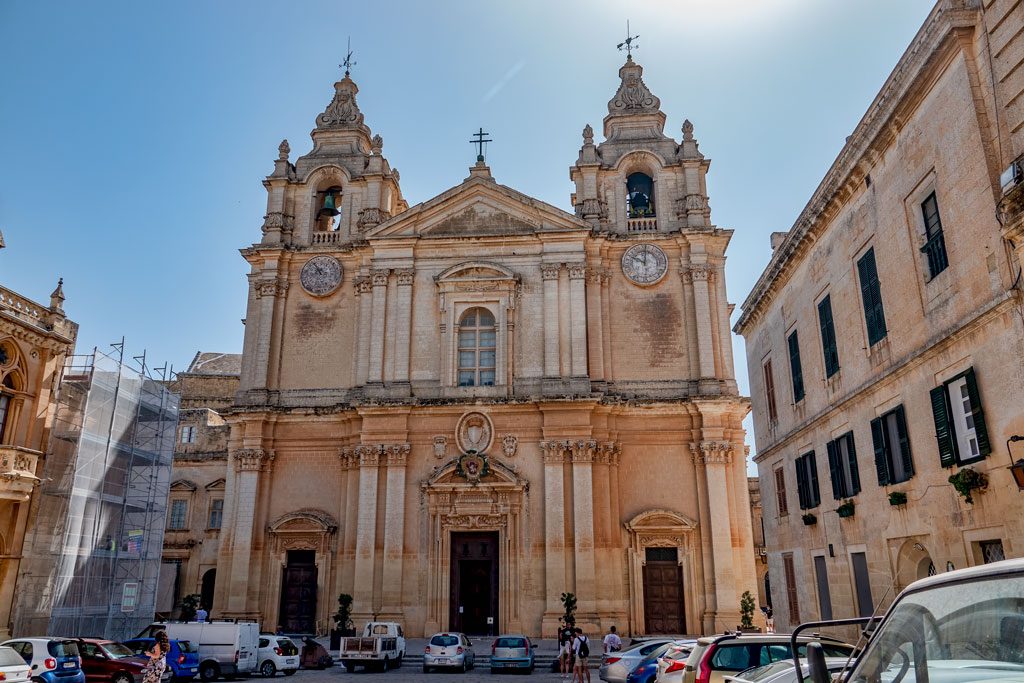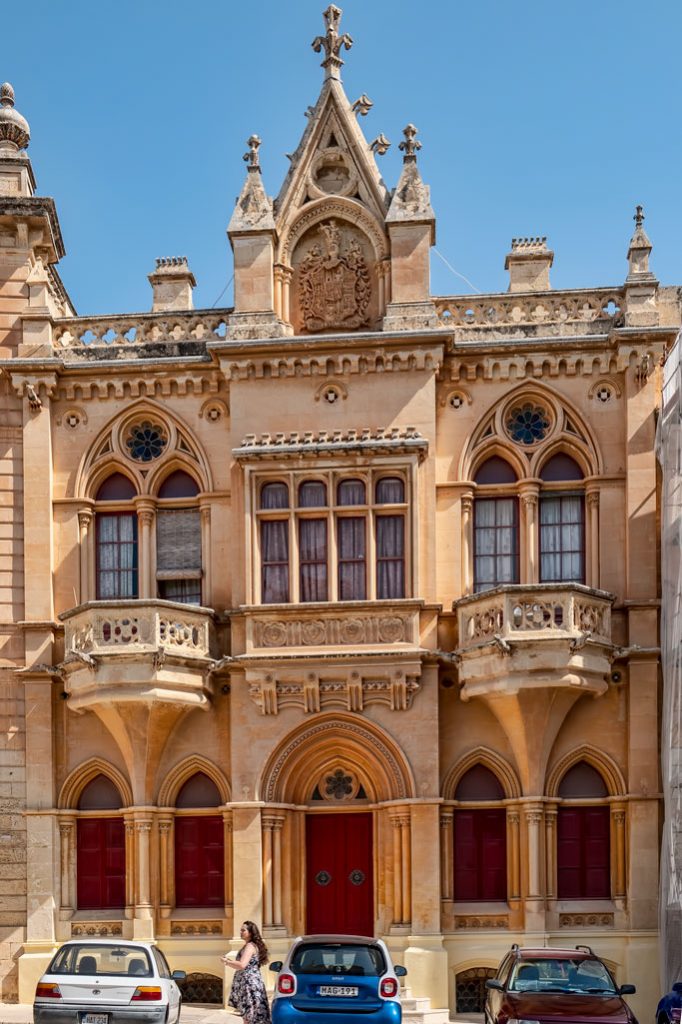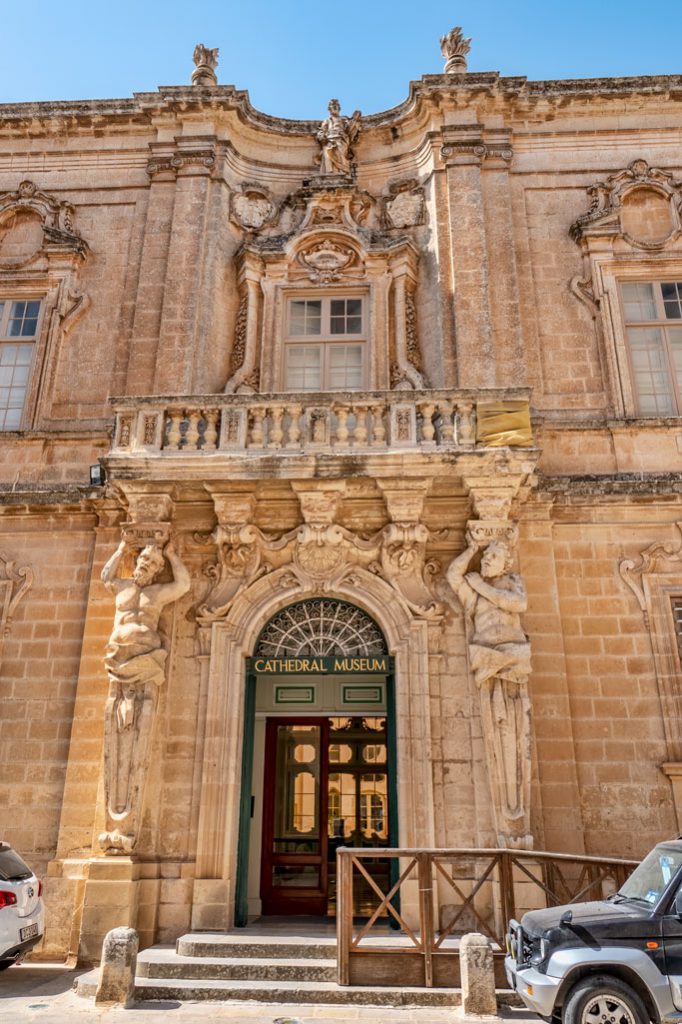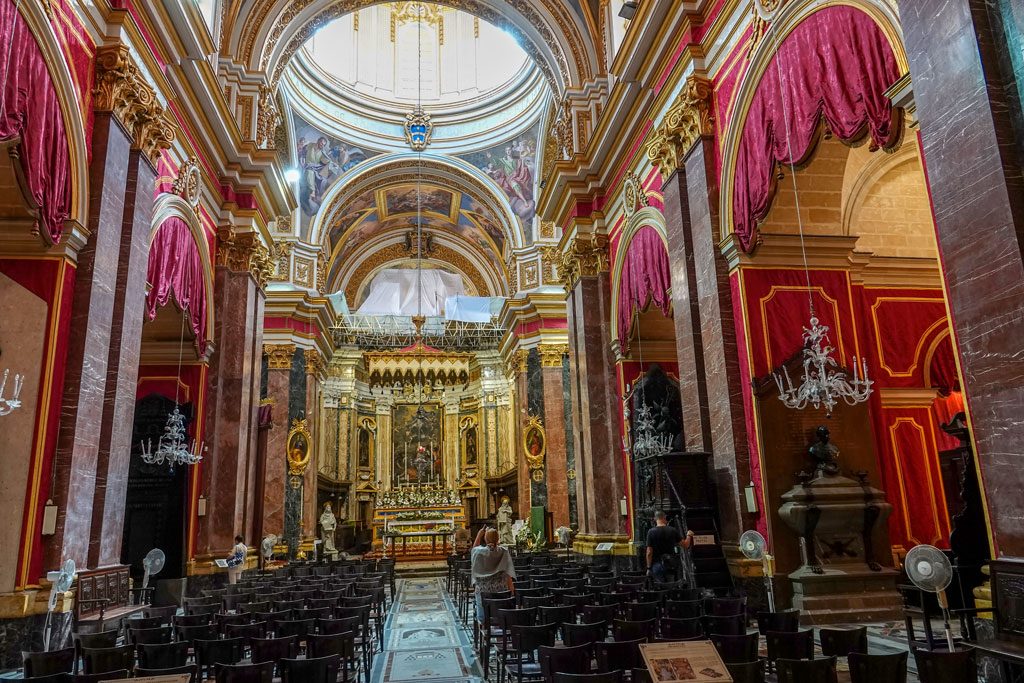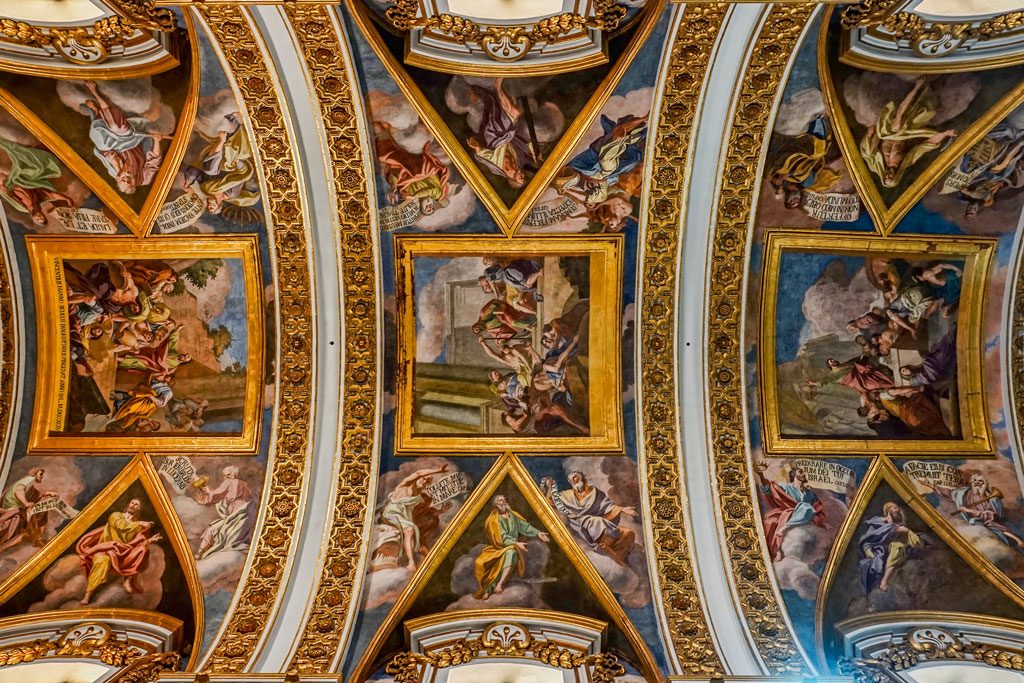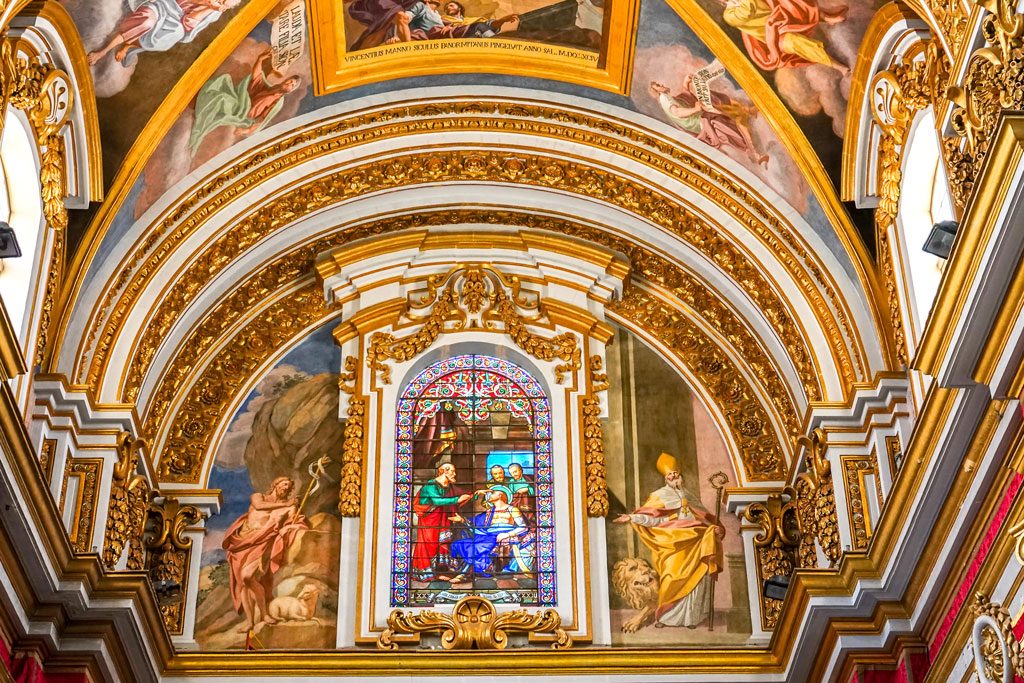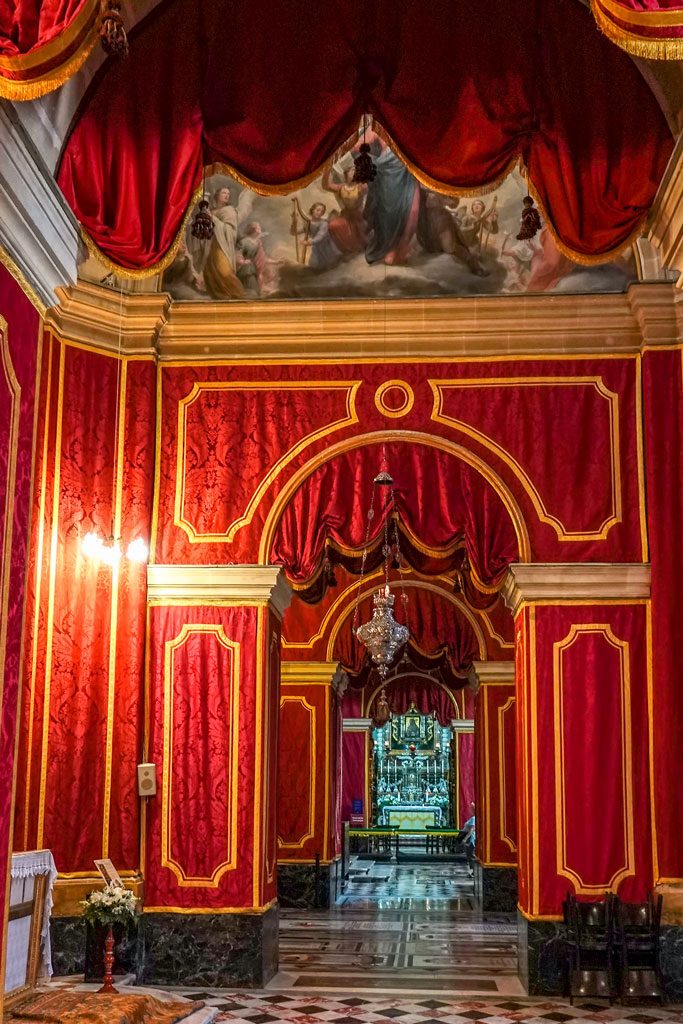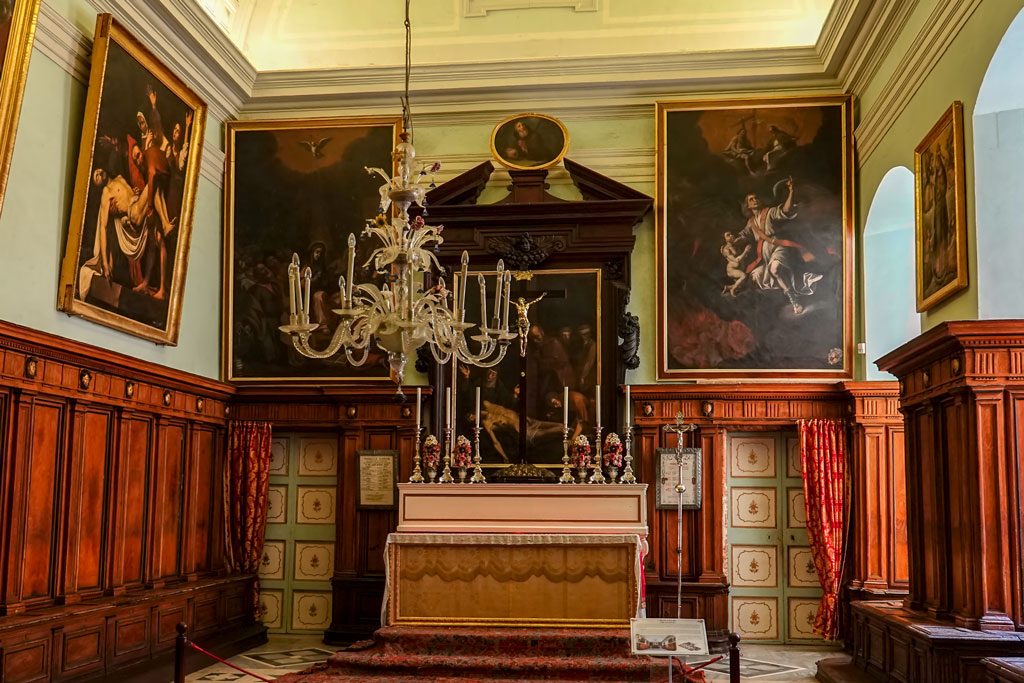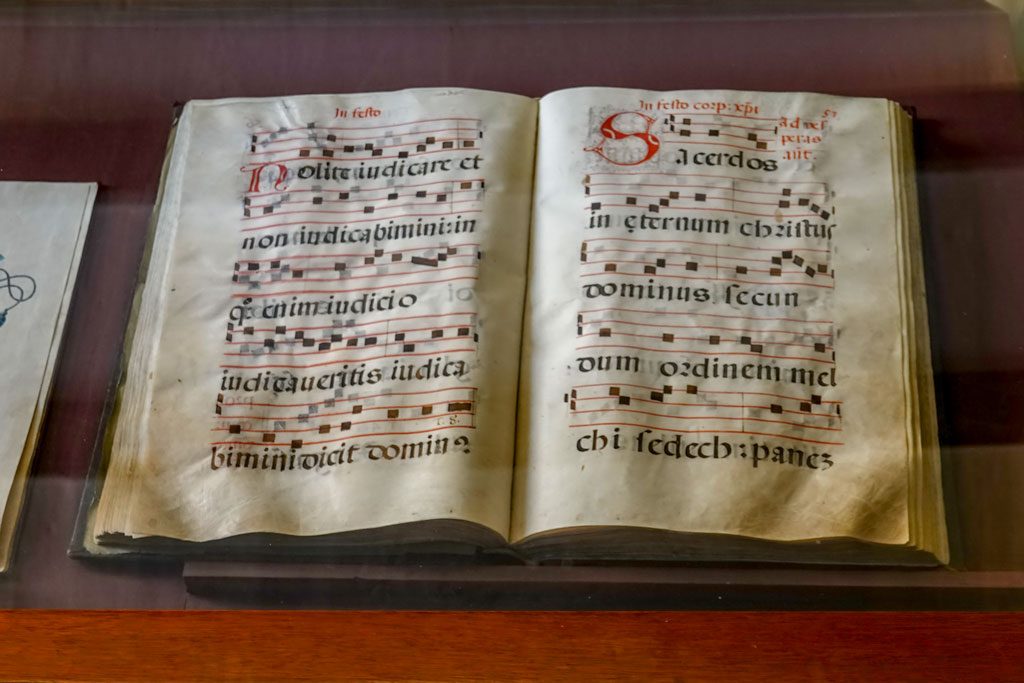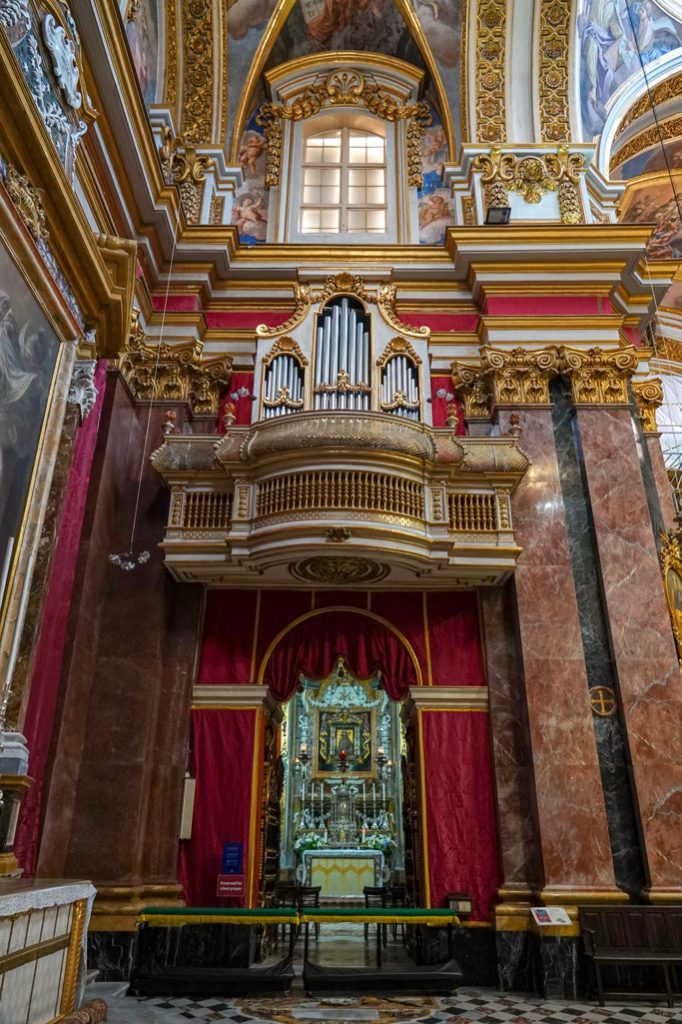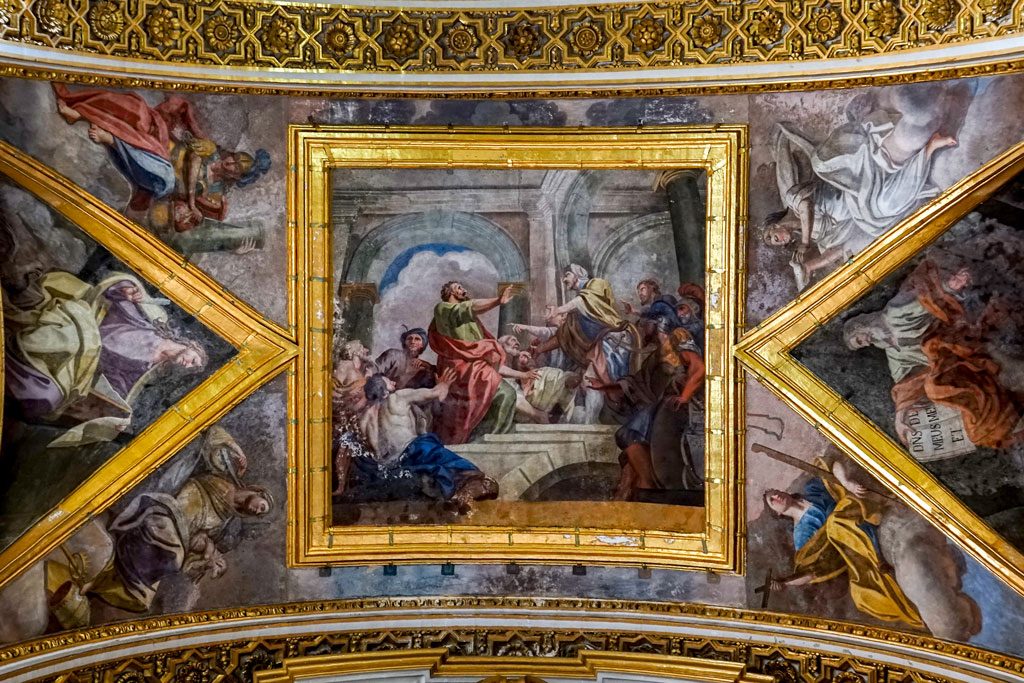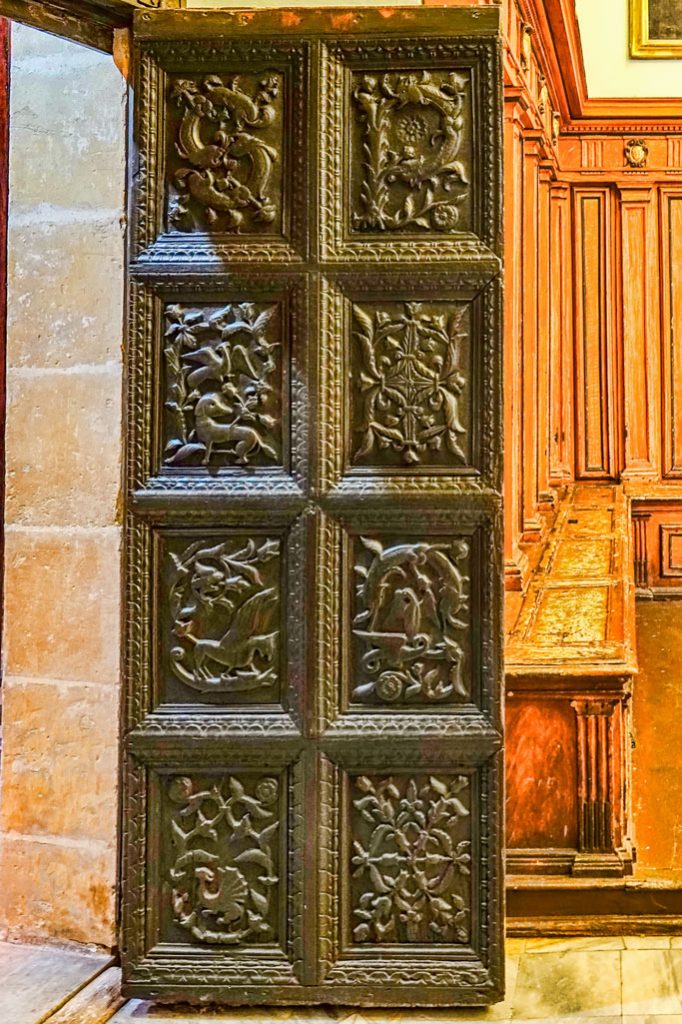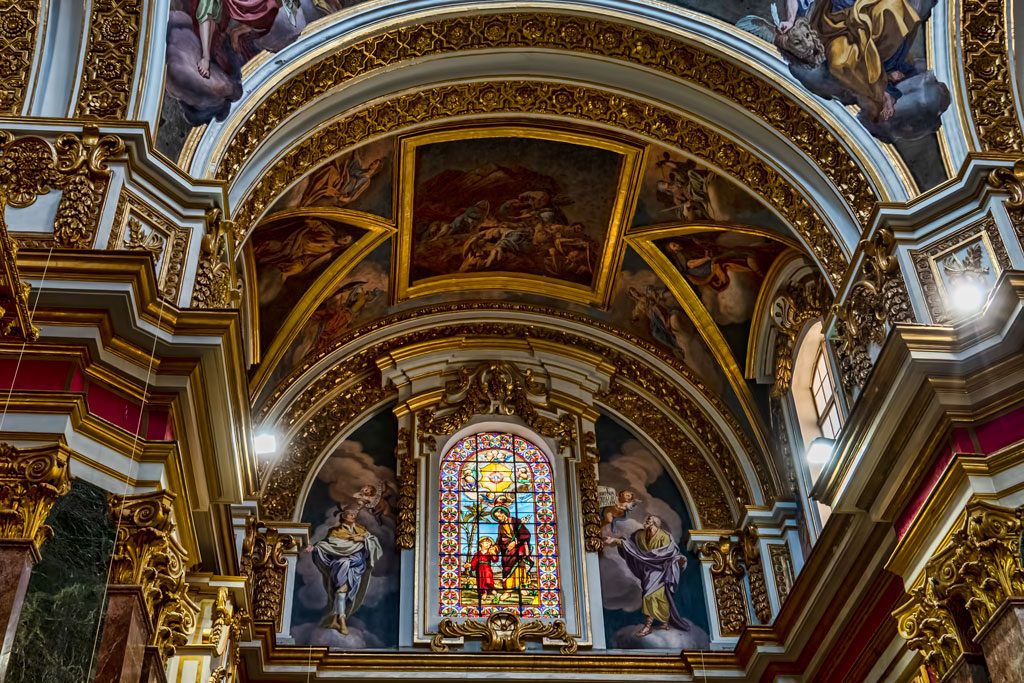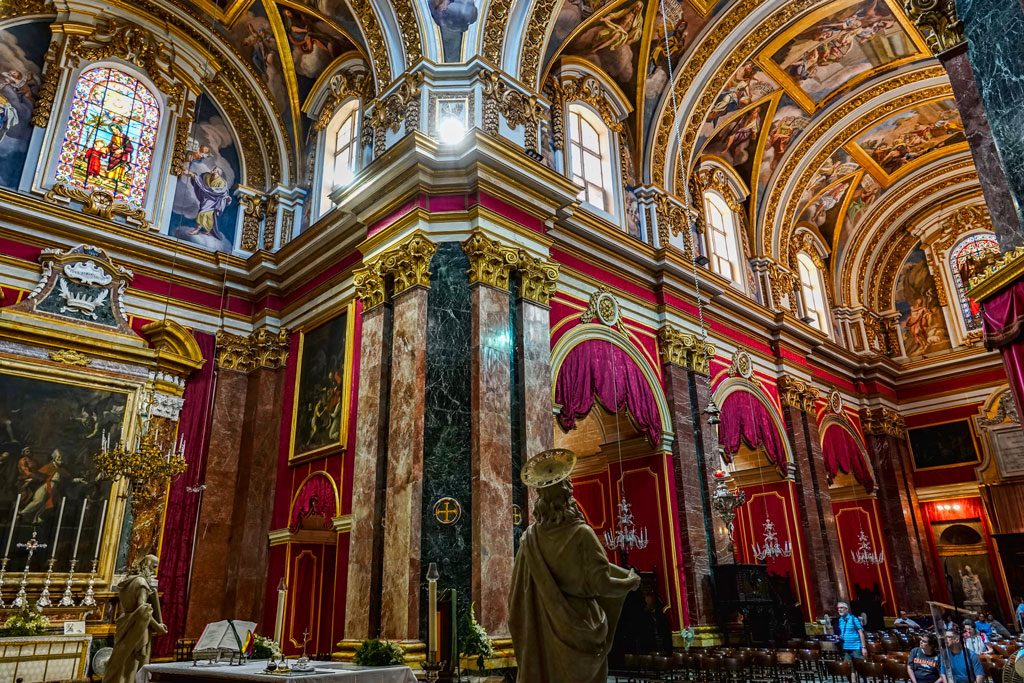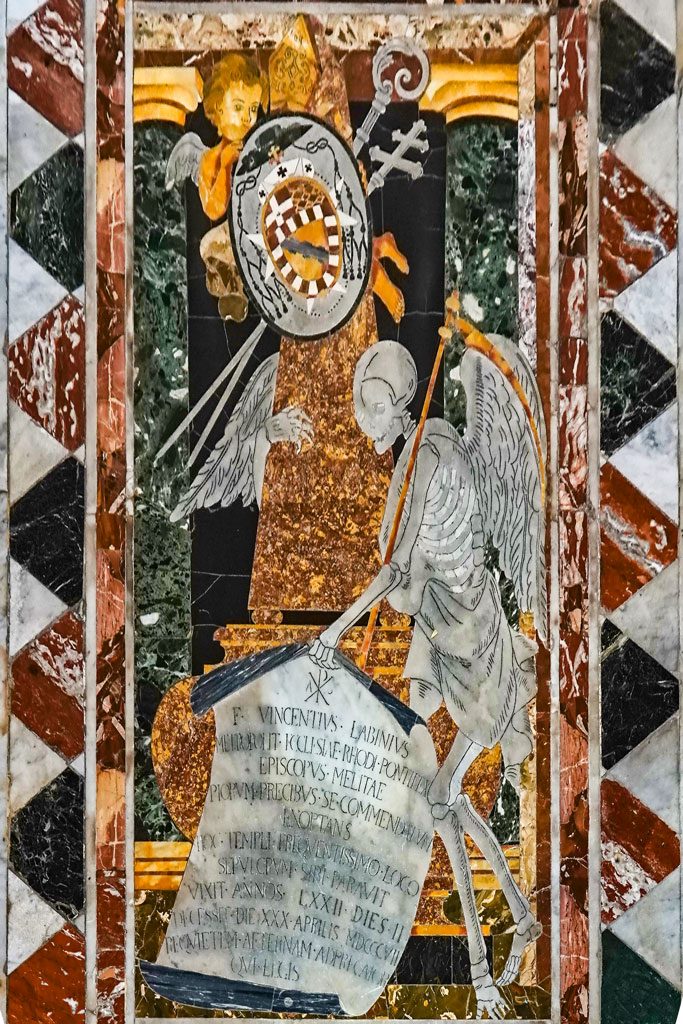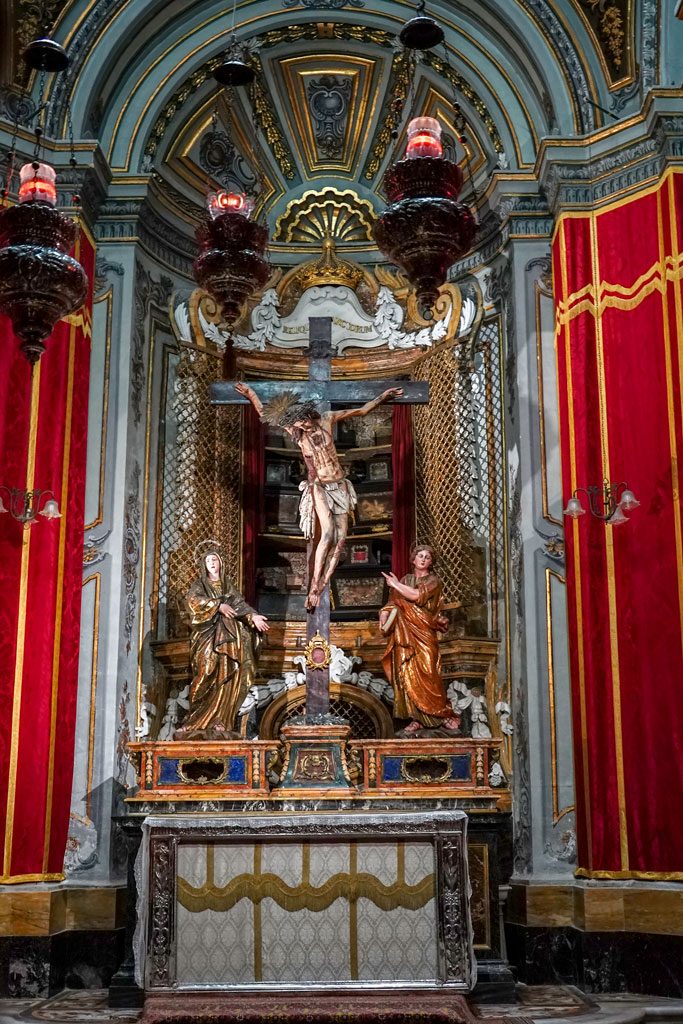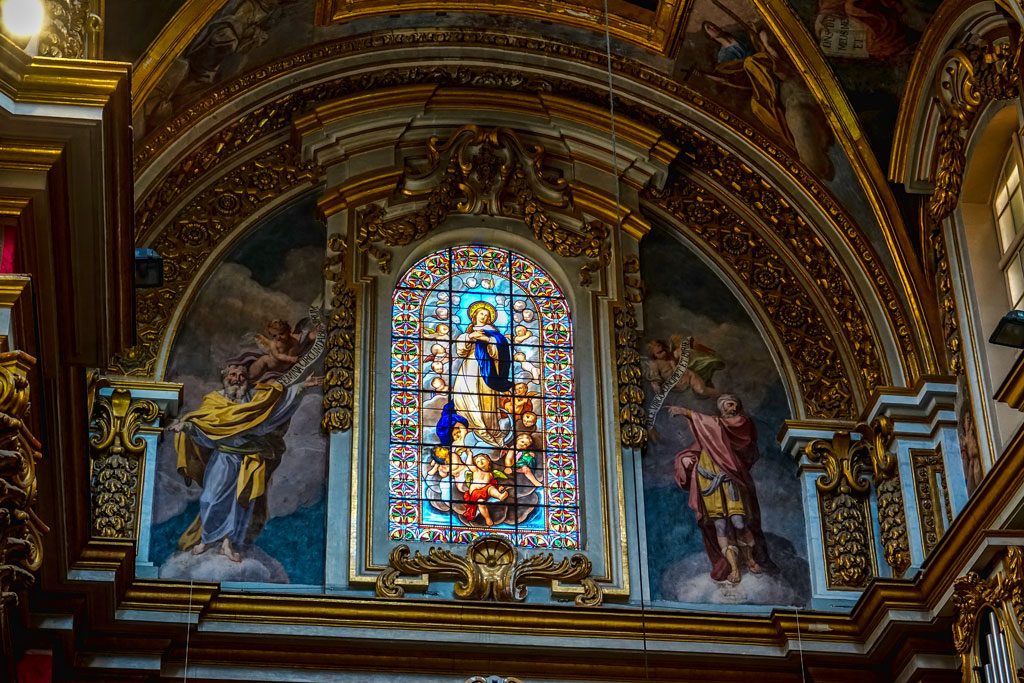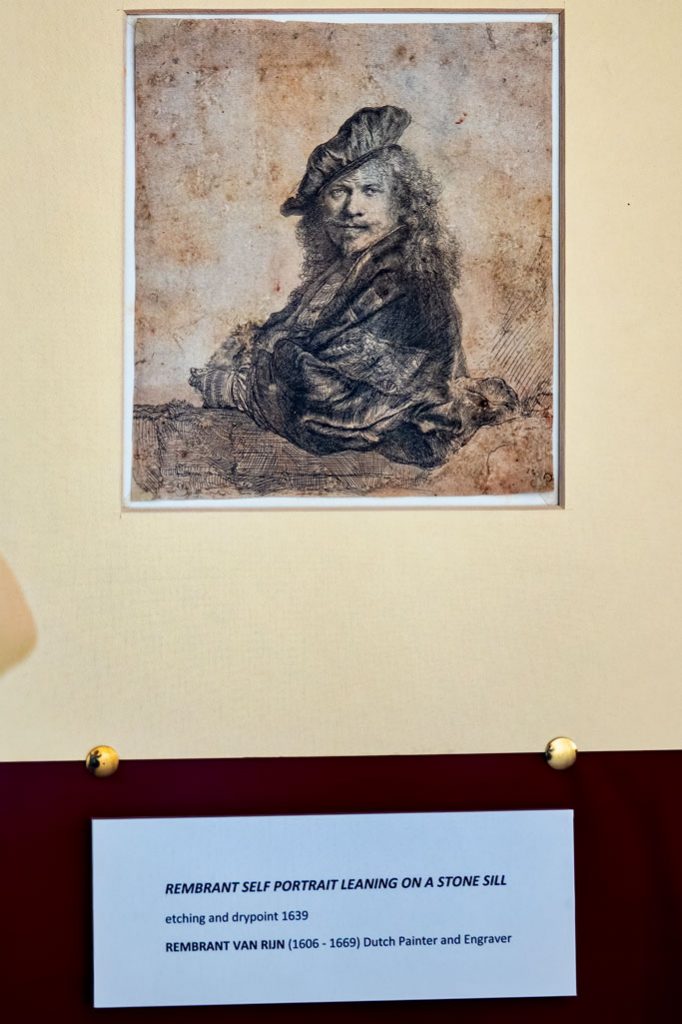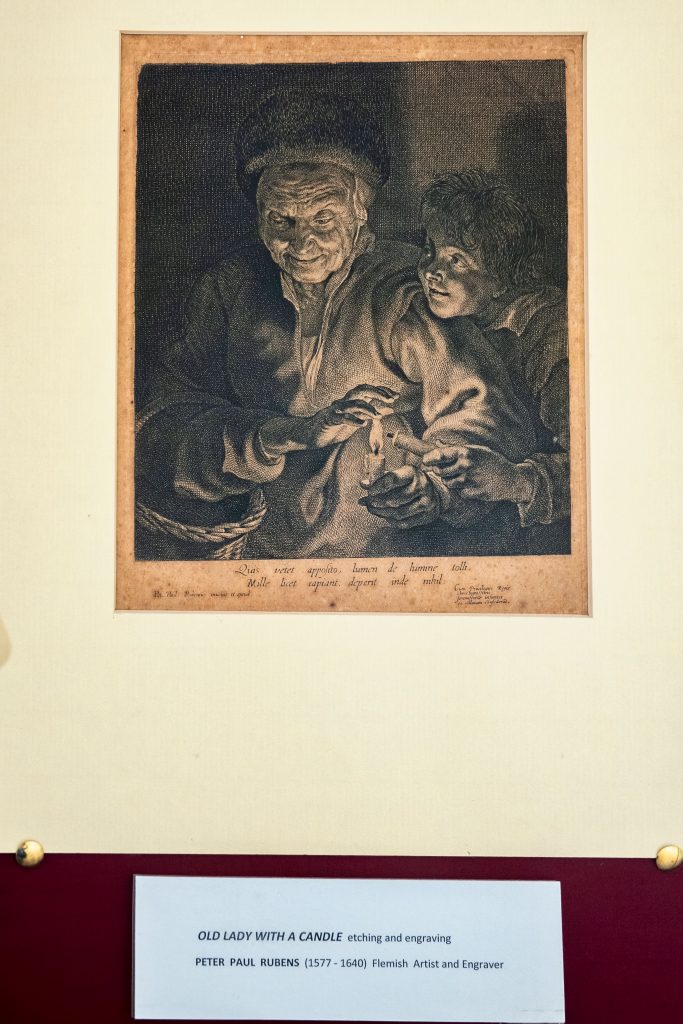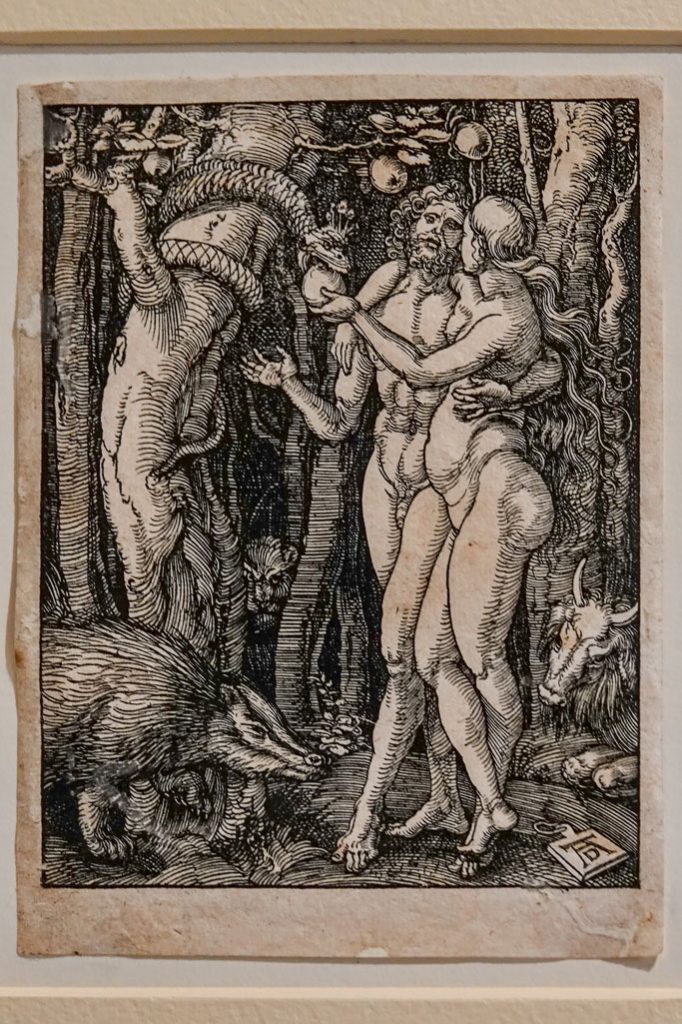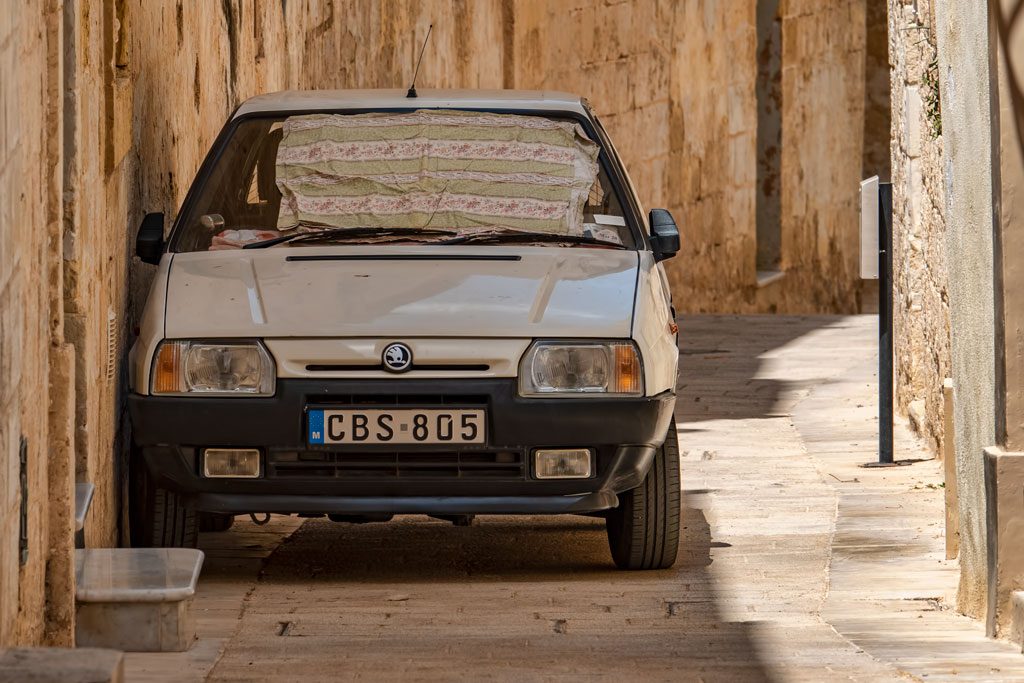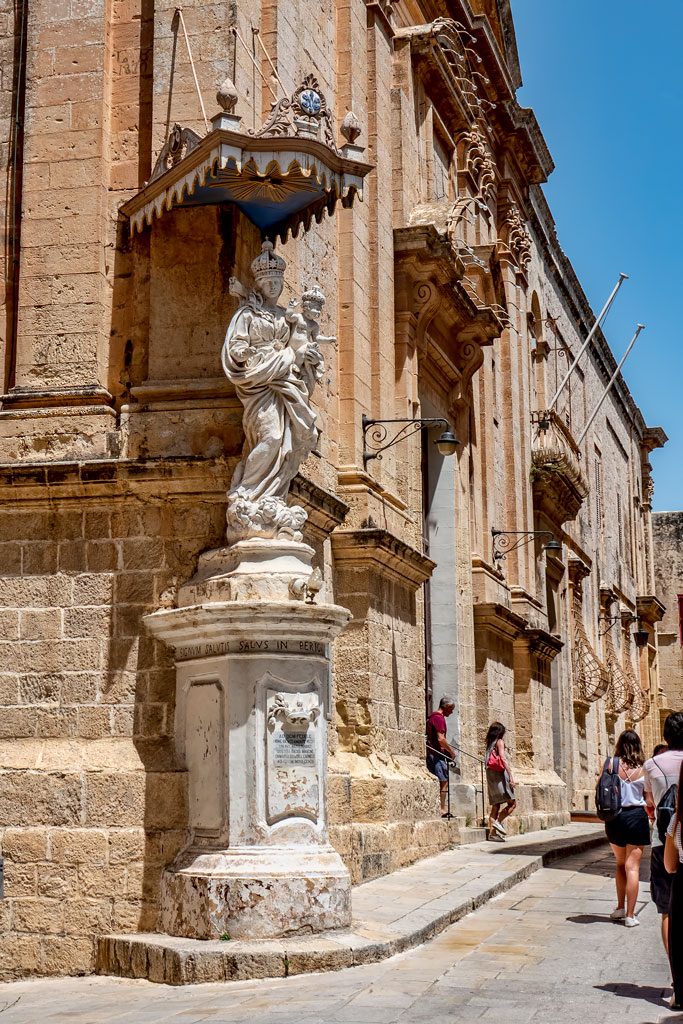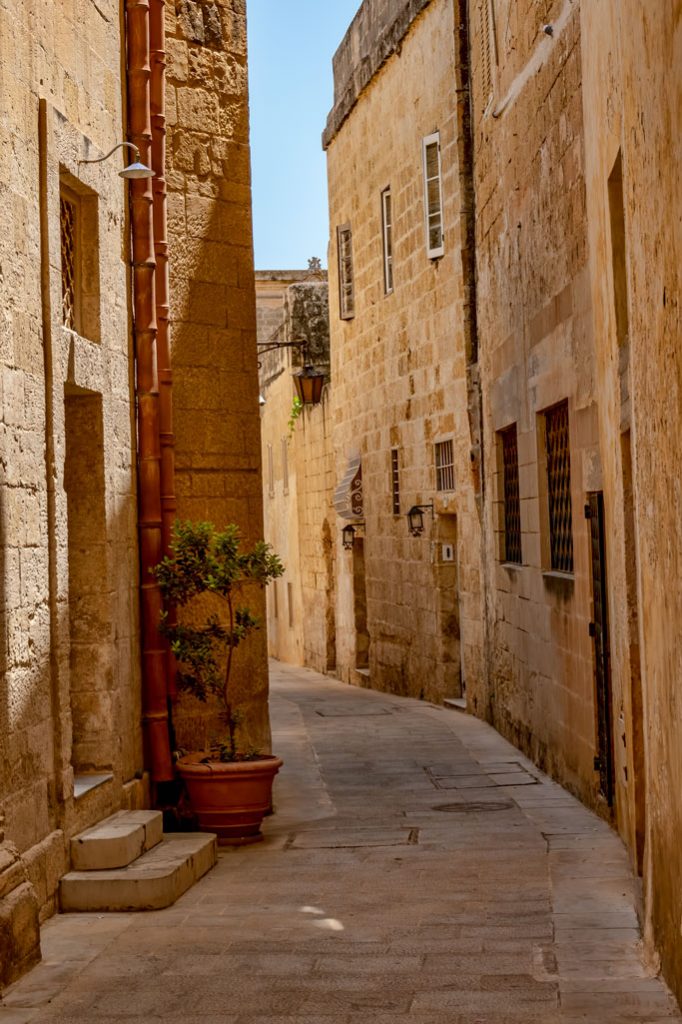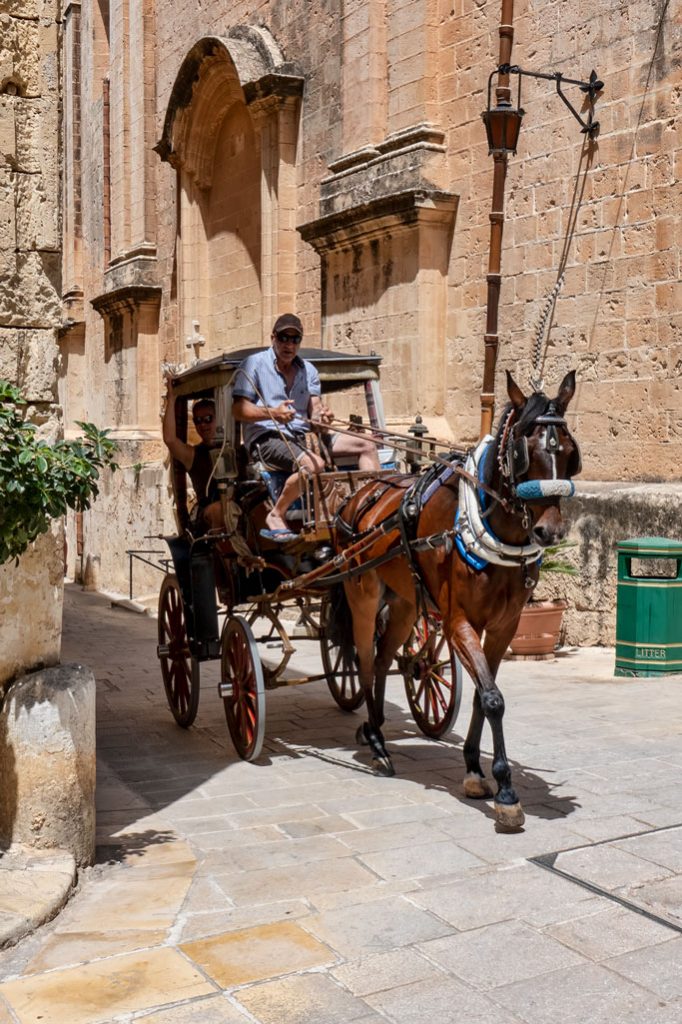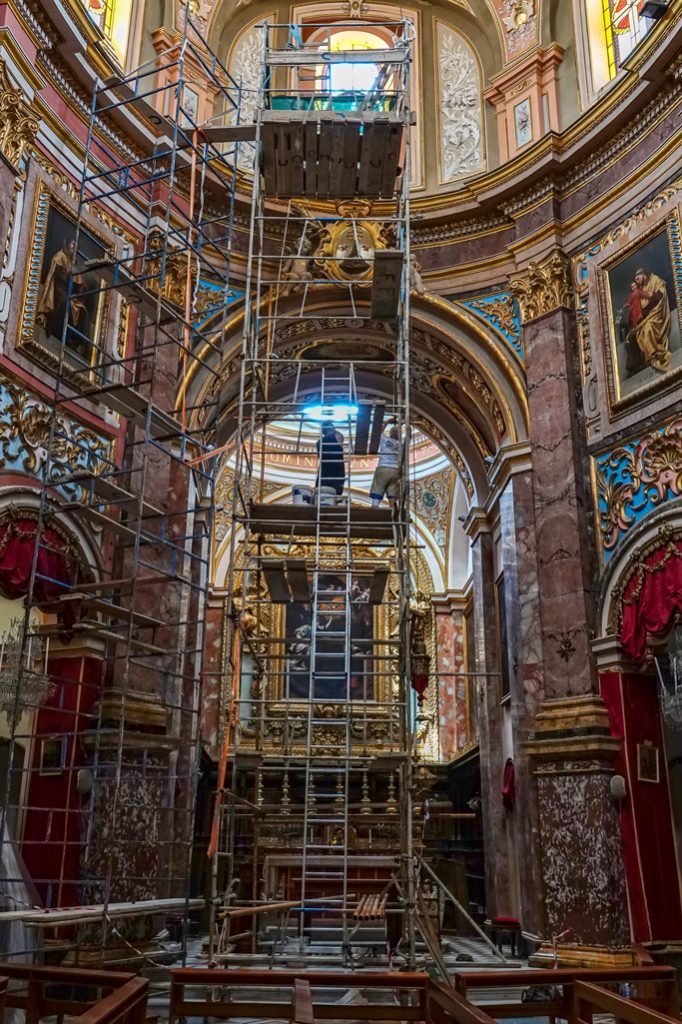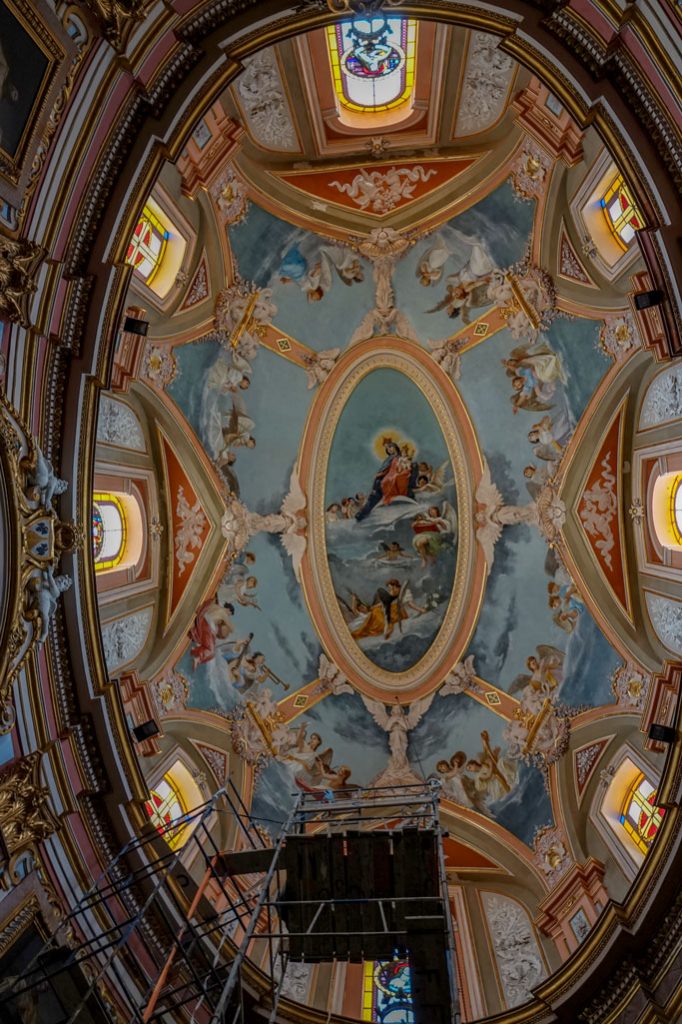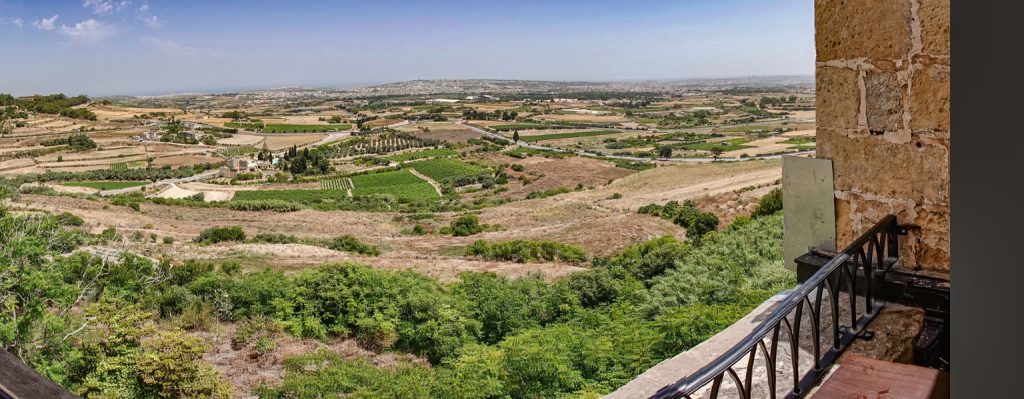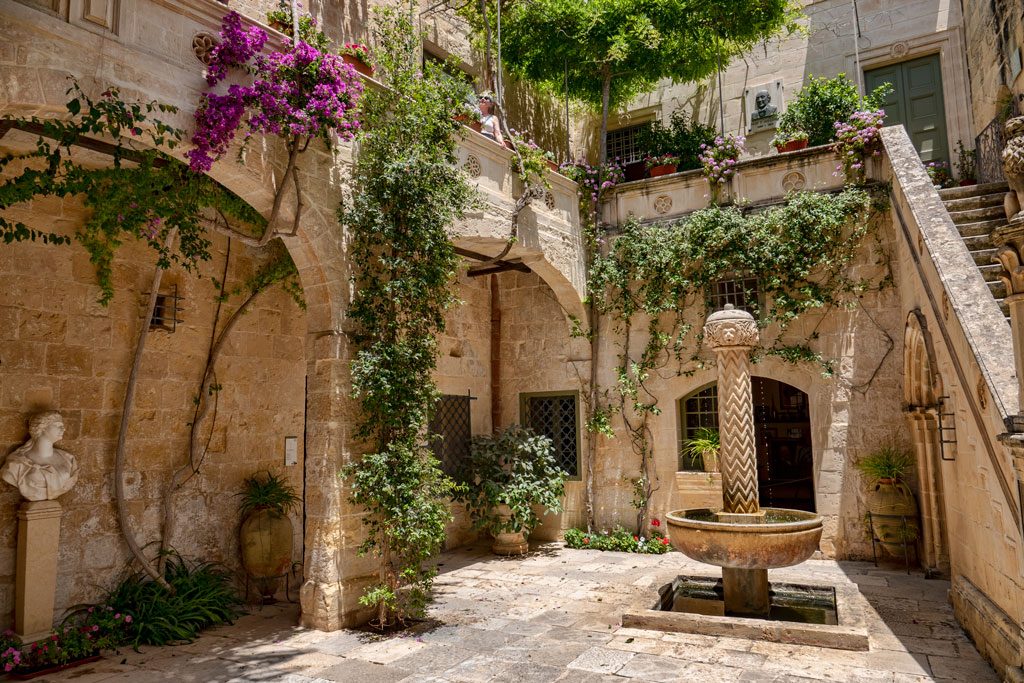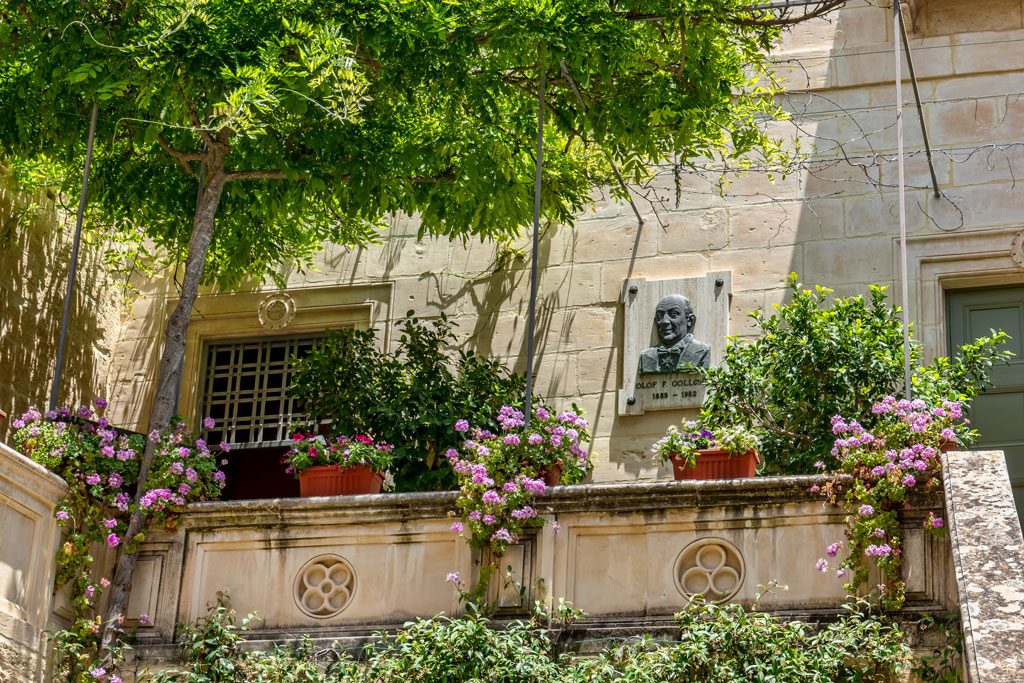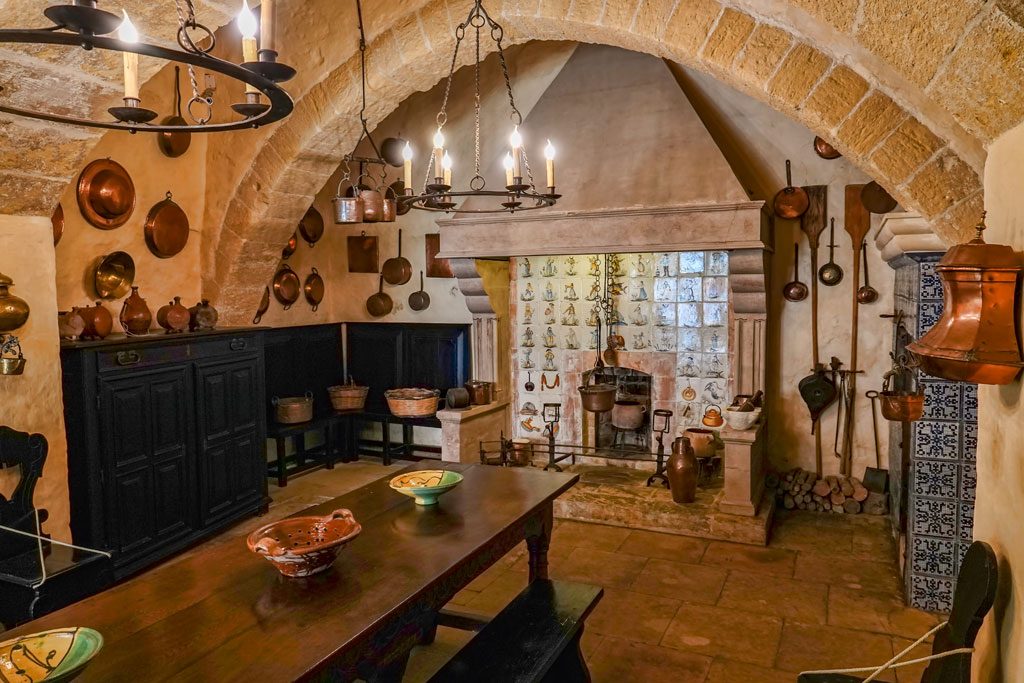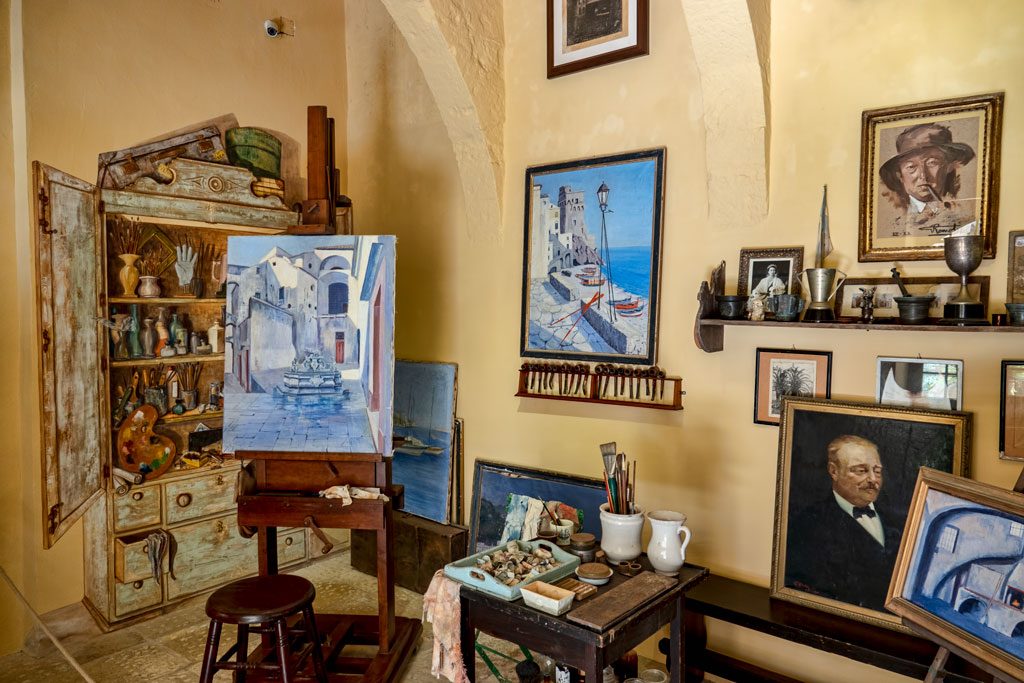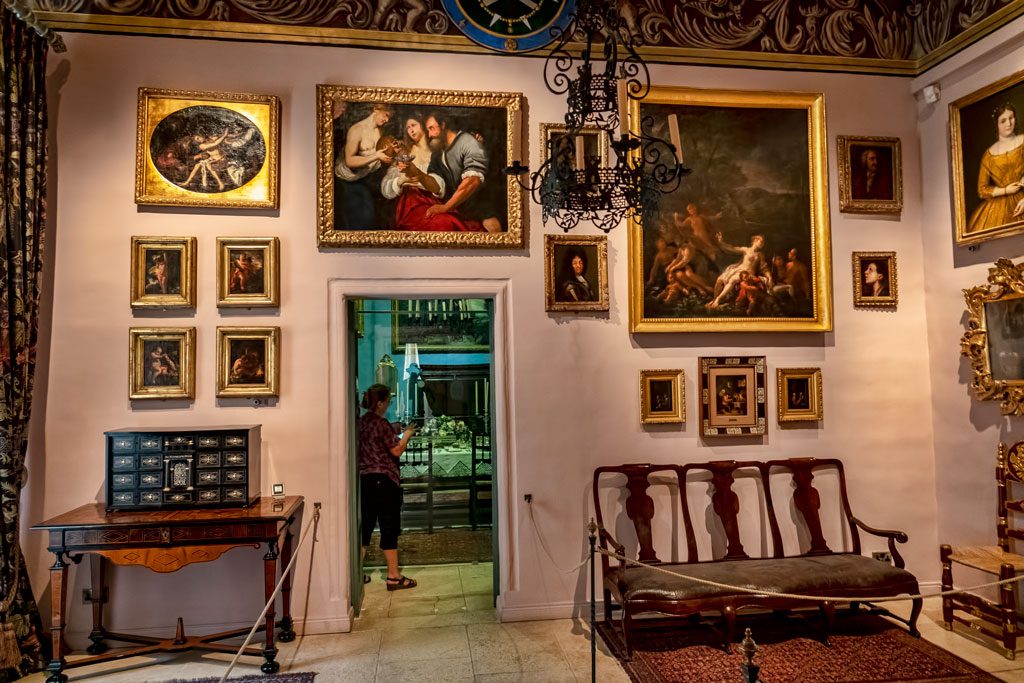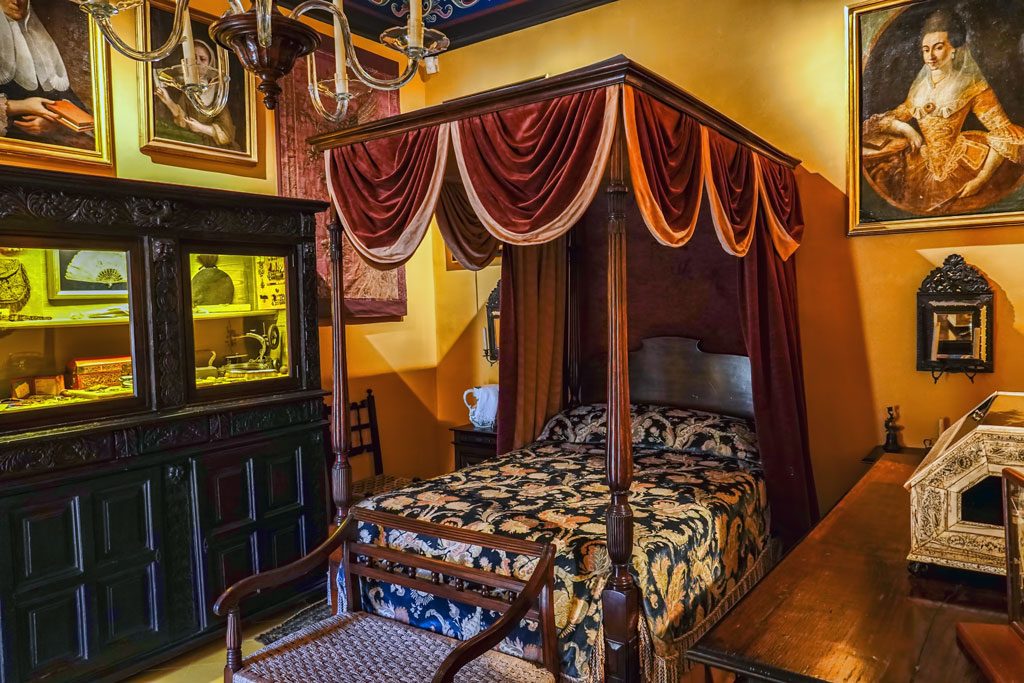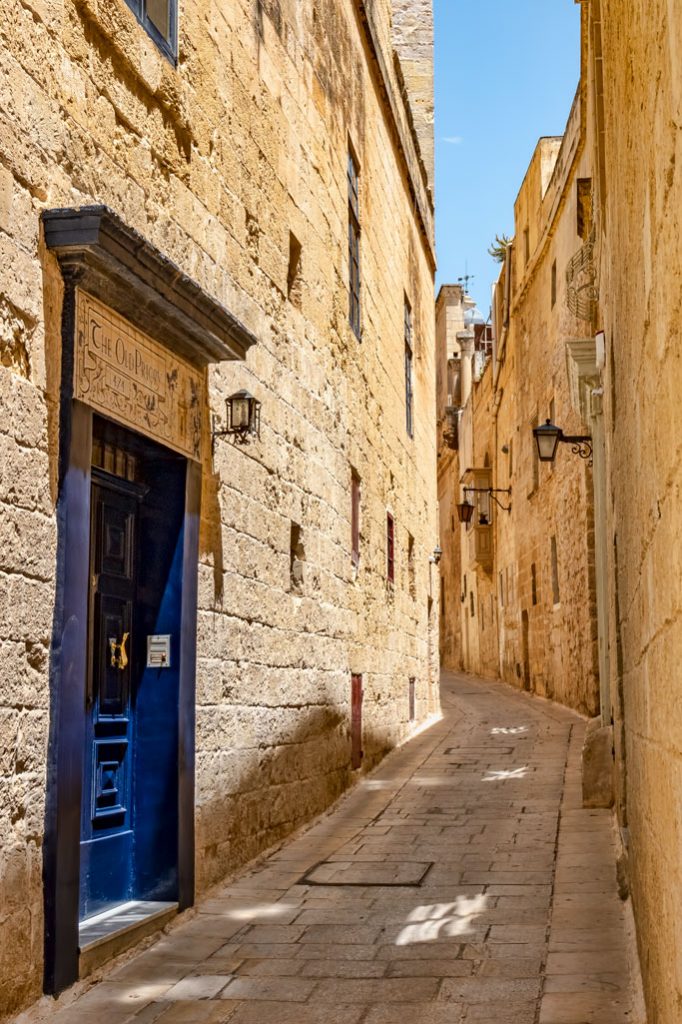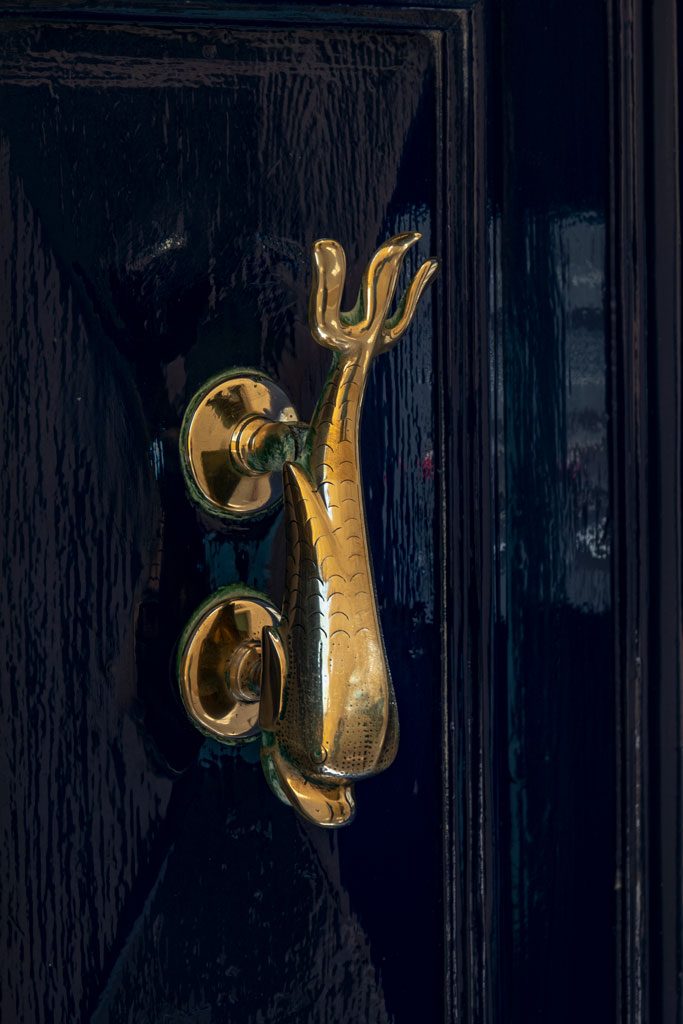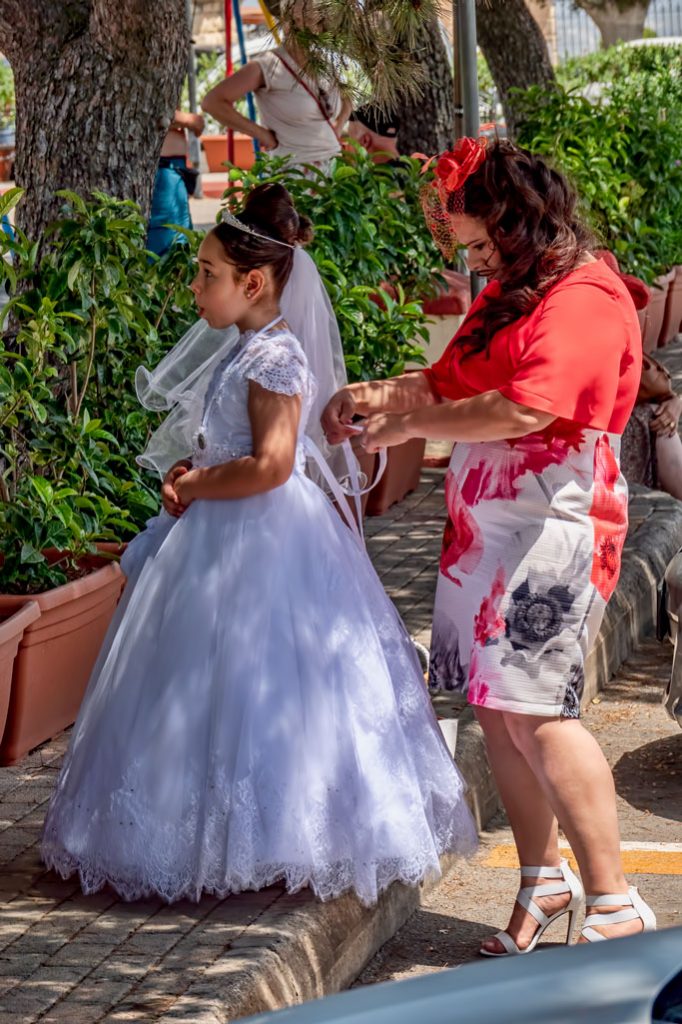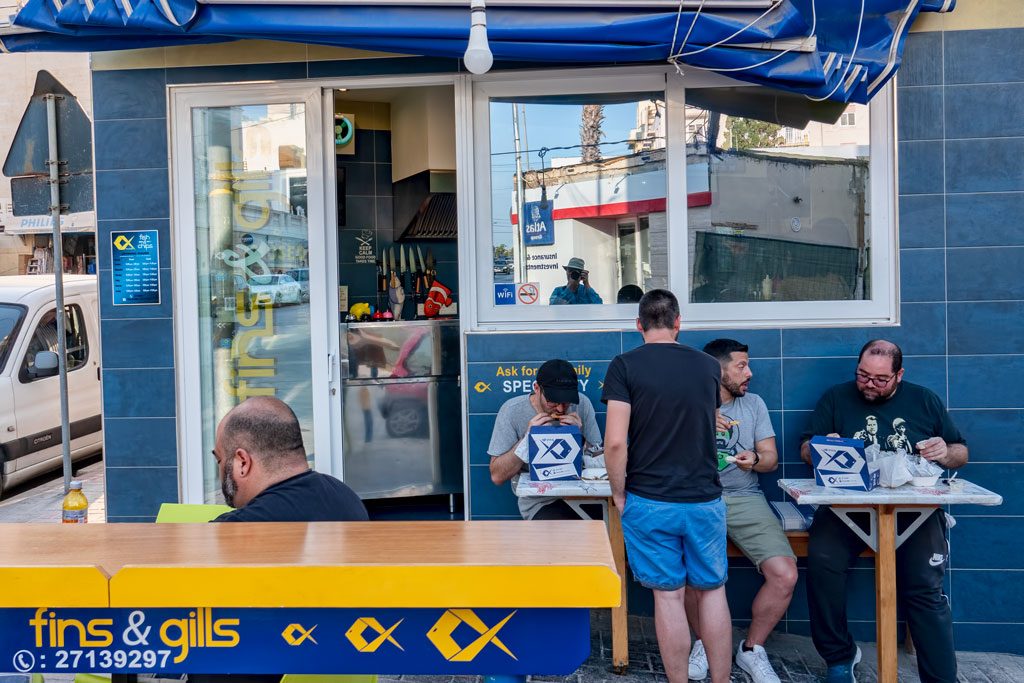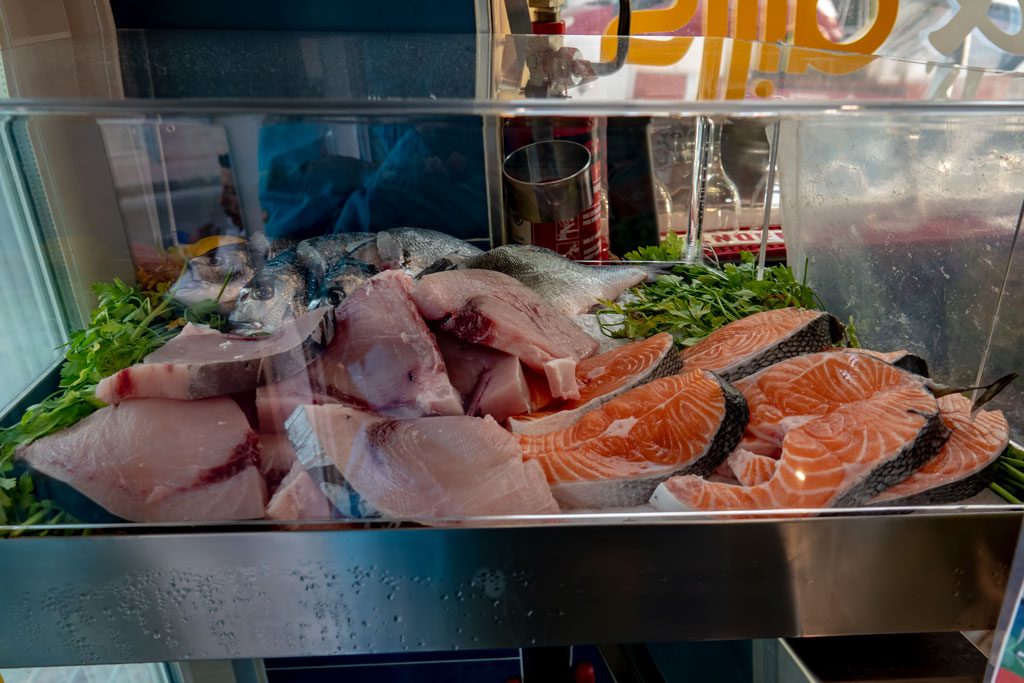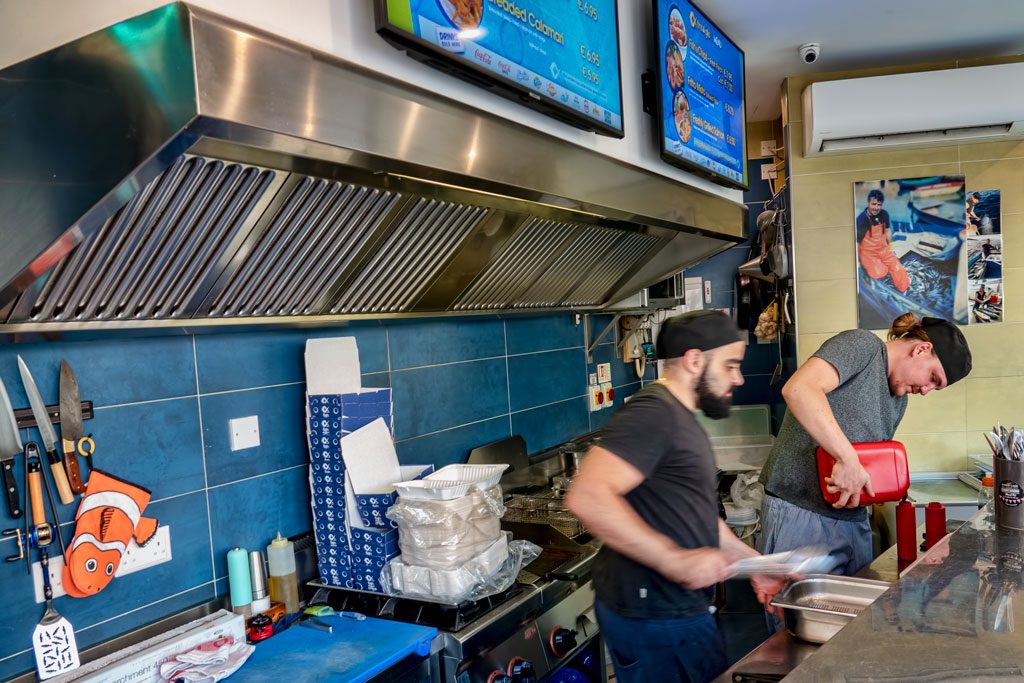TODAY’S TOURING
After yesterday’s bus adventure, today we opted for a car hire using BOLT (changed name from Taxify) to get to Mdina. The car hire was Euro 13 vs. Bus Euro 4. It was another hot day and the air conditioned car felt great.
Today’s agenda:- Cathedral
- Cathedral Museum
- Lunch break at Fontanella Tea Garden
- Palazzo Falson Historic House
After touring Mdina, we took another BOLT car hire back to our condo and rested. For dinner we had fish & chips at Fins and Gills. It is a two person operation with outside eating or take away. The shop was tiny. There was barely enough room to Marty & I to place our order. The two guys behind the counter were a hoot. We discussed their having good, fresh, fish and how it affected the price. Also, we discussed my eating fish & chips with my ketchup vs. ketchup with fish & chips. They gave us lots of ketchup 🙂
REFERENCES
Mdina (Lonely Planet)
The mysterious golden-stone Arabic walled city of Mdina crowns the hilltop, and is a world apart from modern Malta. Its hidden lanes offer exquisite architectural detail and respite from the day-tripping crowds, who largely stick to the main street. The citadel of Mdina was fortified from as long ago as 1000 BC when the Phoenicians built a protective wall and called their settlement Malet, meaning ‘place of shelter’. The Romans built a large town here and called it Melita. It was given its present name when the Arabs arrived in the 9th century – medina is Arabic for ‘walled city’. They built strong walls and dug a deep moat between Mdina and its surrounding suburbs (rabat in Arabic). The moat has recently been landscaped to become a garden with surreally neat lawns; it’s a pleasant place for a stroll and a venue for regular festivals.
In medieval times Mdina was called Cittá Notabile – the Noble City. It was the favoured residence of the Maltese aristocracy and the seat of the universitá (governing council). The Knights of St John, who were largely a sea-based force, made Grand Harbour and Valletta their centre of activity, and Mdina sank into the background as a holiday destination for the nobility. Today, with its massive walls and peaceful, shady streets, it is often referred to as the Silent City, a nickname that becomes appropriate after dark.
St Paul’s Cathedral (Lonely Planet)
The cathedral is said to be built on the site of the villa belonging to Publius, the Roman governor of Malta who welcomed St Paul in AD 60. The original Norman church was destroyed by an earthquake, and the restrained baroque edifice you see today was built between 1697 and 1702 by Lorenzo Gafa, who was influenced by the Italian master Borromini. Note the fire and serpent motifs atop the twin bell towers, symbolising the saint’s first miracle in Malta. Echoing St John’s Co-Cathedral in Valletta, the floor of St Paul’s is covered in the polychrome marble tombstones of Maltese nobles and important clergymen, while the vault is painted with scenes from the life of St Paul. The altar painting, The Conversion of St Paul by Mattia Preti, survived the earthquake; so too did the beautifully carved oak doors to the sacristy on the north side, and the apse above the altar, featuring the fresco St Paul’s Shipwreck.
Cathedral Museum (Lonely Planet)
The Cathedral Museum’s outstanding highlight is a series of woodcut and copperplate prints and lithographs by the German Renaissance artist Albrecht Dürer. However, there are other items of interest, including Egyptian amulets dating from the 5th century BC and a remarkable coin collection, which includes Carthaginian and Romana-Maltese examples. The museum is housed in a baroque 18th-century palace originally used as a seminary.
Palazzo Falson (Lonely Planet)
The magnificent Palazzo Falson is a beautifully preserved medieval mansion. Formerly the home of artist and philanthropist Olof Gollcher (1889–1962), the palace offers a rare glimpse into the sumptuous private world behind Mdina’s anonymous aristocratic walls. A self-guided audiotour leads you from the beautiful stone courtyard through Gollcher’s kitchen, studio, 4500-volume library, bedroom and chapel – all decorated with his impressive collections of art, documents, silver, weapons and rare rugs from Azerbaijan and Kazakhstan.
Fontanella Tea Gardens (Lonely Planet)
Fontanella – a Maltese institution – has a wonderful setting atop the city walls, with sweeping views. It serves delicious homebaked cakes, pastizzi (filled pastries), sandwiches, pizzas and light meals, including particularly tasty ftira (traditional Maltese bread sandwiches). It also has an intimate wine bar, with flagstone walls and views from the ramparts.

